Those who play in glass houses: Conservatory and Indoor Children's Garden at Longwood Gardens
Maybe Southerners don’t need conservatories because our winters are pretty green. Growing up in the South, I don’t recall ever visiting a conservatory until I started garden traveling to northern states. (We don’t have a culture of spring garden shows either, perhaps for the same reason.) Call me a conservatory philistine, then, but I have just never developed an appreciation for looking at gardens that are indoors. I always have a vague feeling of being in a mall. Plants should be outside!
Aechmea ‘Blue Tango’
This notion is rubbish to my friend and traveling companion Diana/Sharing Nature’s Garden (not a native Southerner, mind you), who joined me in visiting Longwood Gardens, near Philadelphia, earlier this month. She loves conservatories, and so Longwood’s cathedral-sized glass house was our first stop.
Jaw-droppingly vast, the conservatory was constructed in 1919 by Longwood founder Pierre S. du Pont (Longwood was his summer home) and been expanded over the years to its current 4-1/2 acres (!) of gardens under glass.
Conservatories are all about tropicals, of course — plants that can’t be grown outdoors in cooler climates — but for us Texans, sago palms are regular landscaping plants.
Bamboo too, although this black bamboo is particularly nice, and I like how the hanging lanterns add a little Far East flavor.
I also admired the bonsai collection, which is nicely displayed against black-framed, translucent screens, with labels on some that date the beginning of each plant’s training. I’m always amazed to see trees miniaturized into tabletop potted plants. Here, for exampled, is a pomegranate, an ornamental tree that I grow in my own garden, and look — even the blossoms look tiny-sized. How do they do that? Does it set doll-sized fruit, I wonder?
Japanese black pine, whose training began in 1949 — 67 years ago!
A fairy-sized forest is created with a grouping of loose-flower hornbeams, mosses, and tiny ferns.
A bald cypress, whose majestic dimensions are somehow recreated on a miniature scale. It all looks perfectly in scale, even the bark, but magically made small. I really want to know how this is done.
Aechmea mulfordii ‘Malva’
Moving on, there were many other wonderful plants on display throughout the 20 indoor gardens of the conservatory.
But I confess, all I could think about was getting outside to enjoy the wonderfully brisk temps (in the 50s!) of a Pennsylvania summer morning, not walk around indoors in a humid 70-something degrees.
No doubt I would appreciate it more if I could visit in the winter, when all else is sleeping under snow.
But here’s something unusual in a grand conservatory — a children’s garden! As a half-dozen tots in strollers, pushed by their mothers, converged on the area, my interest was piqued. What a surprise to discover a beautifully designed indoor play area, with at least a dozen fountains and water features that encourage interactive play.
Bronze and cast-stone animals spit, drool, and spout water in hidden nooks throughout winding, narrow pathways that encourage children’s exploration.
Little ones and adults alike delight in spouting lizards…
…a bird family in a nest…
…a pair of ibis…
…and a pelican gobbling up fish.
Grand fountain rooms…
…with interesting tilework…
…contrast with subterranean-seeming niches accessible only to children or adults who stoop, like this seascape-themed tunnel with mosaic fish.
This one, tucked under a curving staircase, elicited a happy shriek from one little boy who darted in. A trio of fanged snakes coils along the ceiling, over a smoking pool of dry ice.
Scary fun
Another nook includes a stained glass window, with a couple of small chairs and and baskets of books to curl up with.
The secret heart of the garden is the Drooling Dragon fountain, with a red-lit roaring mouth and a crown of asparagus fern.
You know you’re getting close when you spot this slinking, scaly dragon stair rail.
A phoenix and viper locked in epic battle adorn a low window grate.
And steampunk-esque metal bugs rest on a wooden door. I was charmed by the indoor children’s garden and imagine it’s hugely popular with local families.
Up Next: A trio of top-notch treehouses, plus a native-plant meadow at Longwood Gardens. For a look back at the Rose Arbor, Italian Water Garden, and other formal spaces at Longwood, click here.
I welcome your comments; please scroll to the end of this post to leave one. If you’re reading this in a subscription email, click here to visit Digging and find the comment box at the end of each post.
_______________________
Digging Deeper: News and Upcoming Events
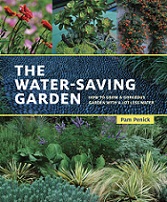
All material © 2006-2016 by Pam Penick for Digging. Unauthorized reproduction prohibited.







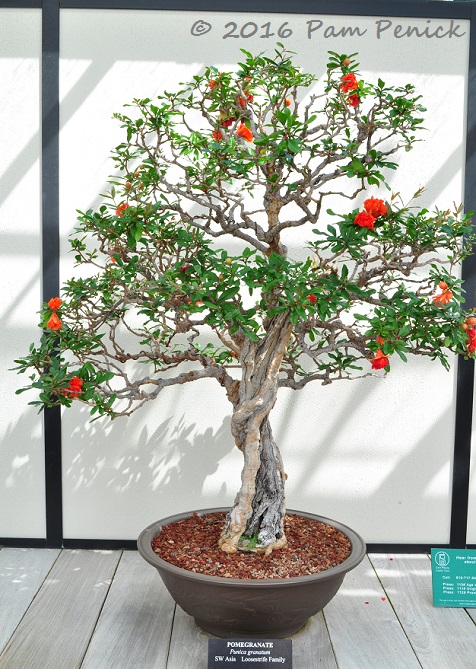











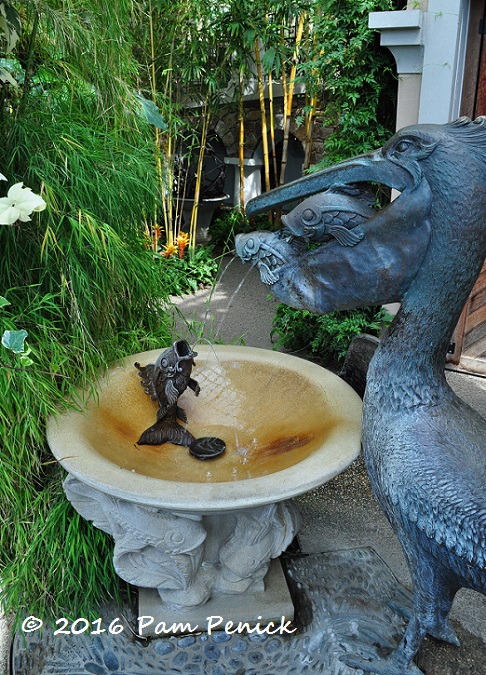


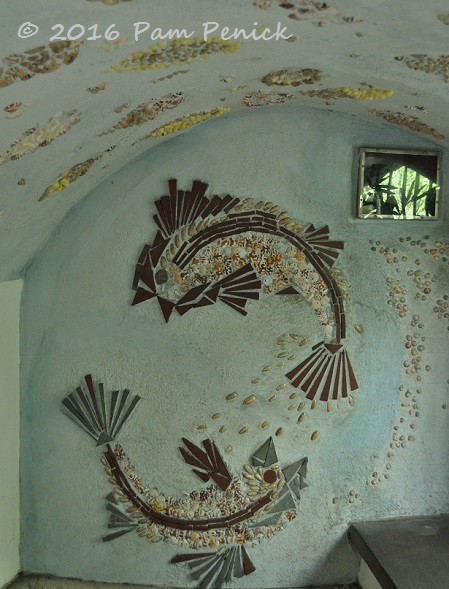

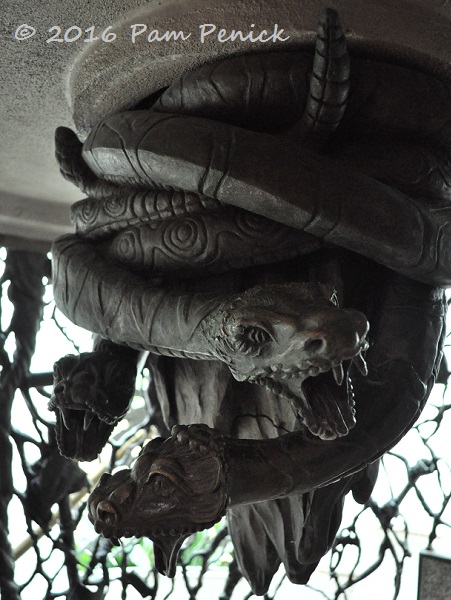





I never understood glass houses either–until we moved to New England. By our second winter I was seeking out just about any plant escape.
It’s a beautiful building, love the bonsai. There’s an entire culture around it and root pruning is one of the keys.
That’s what I figured, Shirley. A colder climate is key for appreciating indoor gardens.
As for bonsai, I’d read that root pruning is one of the techniques, but I’m curious to learn more. Will have to get a book one of these days. —Pam
Beautiful…
Longwood has something for everyone, Linda. —Pam
Ok, so you skipped the tropicals and exotics? Surely you are going back to post about them later, when you can devote a huge amount of time to them! I have several more conservatory posts percolating, and honestly, the bonsai will just be a passing mention! Too funny. Amazingly, though, we both found things to love about it.
Nope! That’s it for the conservatory! As you can see, I loved the children’s garden and the bonsai. I’m very happy to leave the rest of it to you. 😉 —Pam
I’m a native Californian and, even living in an area that allows year-round gardening (well, except during a periodic heat apocalypse), I’m with Diana on conservatories. I was impressed by Longwood’s bonsai trees and charmed by the idea of a 67 year old tree – I imagine it must be passed along in a will like a prized family heirloom. That would be better than receiving a piece of jewelry in my book.
I agree, Kris. The bonsai is a treasure. I’m still working on cultivating an appreciation of indoor gardening, however. 🙂 —Pam
I love bonsai. The little forest is amazing. It appears the best part of the conservatory is the children’s section. Those fountains are spectacular. Such imagination.
I really liked the children’s garden. But read Diana’s post (and future posts, she says) about the conservatory for a more enthusiastic take on the place as a whole. As I said, I’m a philistine when it comes to glass houses. —Pam
I do admire that quiet background for the bonsais. We have an (outdoor) collection at Stellenbosch. Some beautiful old trees, but almost impossible to photograph against a cluttered noisy background.
At Kirstenbosch there is a huge (but not THAT huge) conservatory. Ours was built to display succulents from the drier part of the country. Too much rain there and succulents rot in the open garden. Also a corner where they display constantly changing pots of indigenous bulbs in bloom.
I wonder if you could carry a simple roll-up screen, or even a light piece of fabric, to use as a backdrop for the outdoor bonsai, Diana. Just bring along someone to hold it open for you while you shoot.
It’s interesting to hear about your local conservatory for dryland plants. Glass houses do have many uses. —Pam